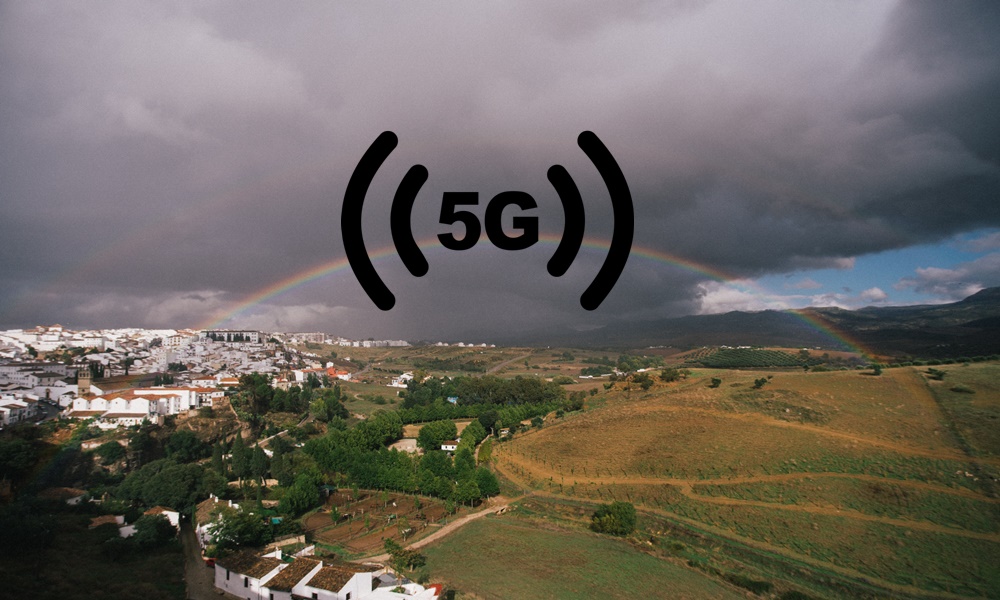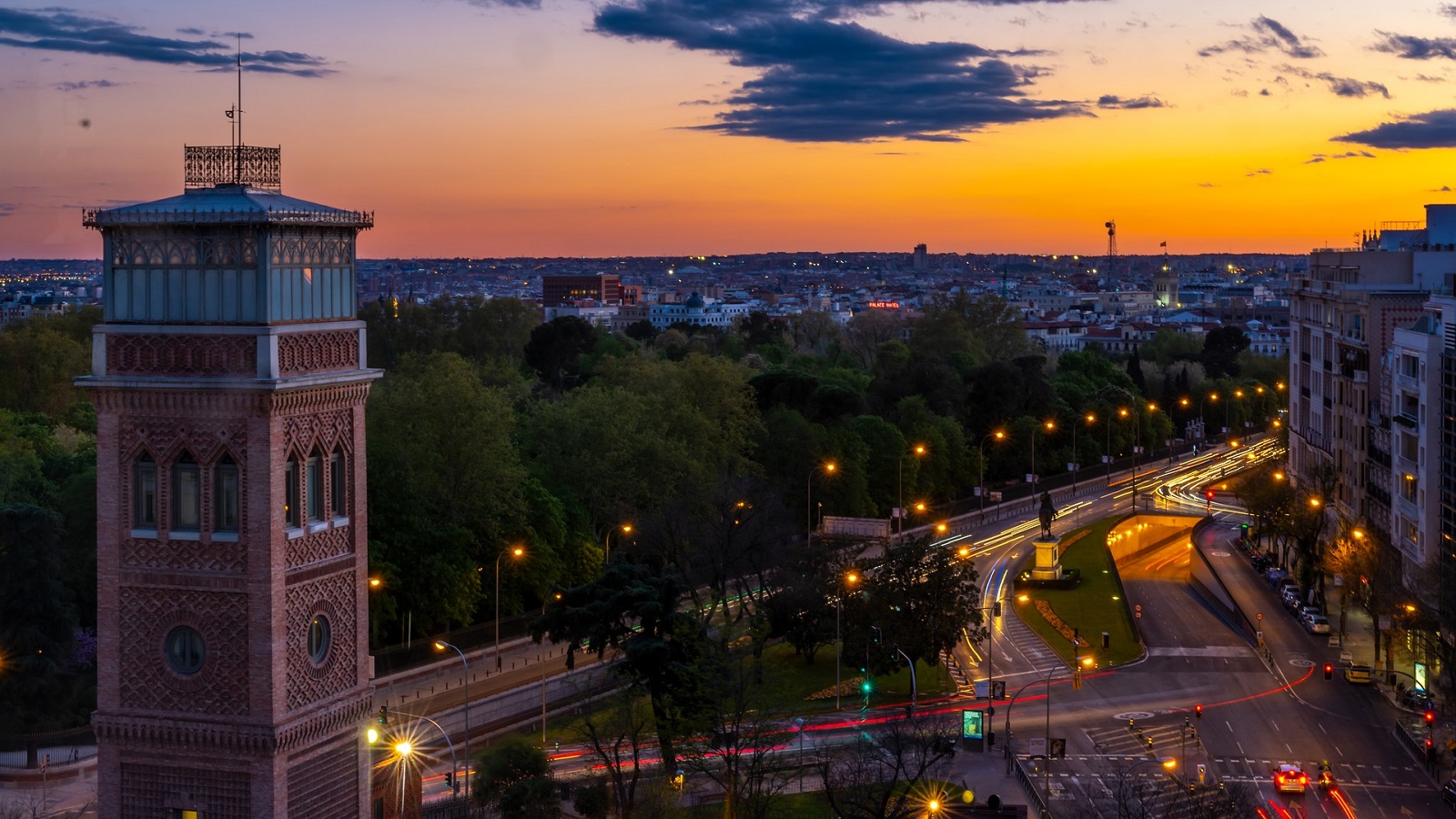
There are many data and studies that support an imminent revolution after the change in social paradigm that the Covid-19 pandemic has brought about, but the truth is that for this to happen, the leaders of our country have to focus on the full connectivity of the many rural areas that make up our country .
What happened to those who went to telework in town?
The desire and the illusion were not enough when the almost obligatory remote work burst into our lives and allowed many to return to their small hometown or that of their parents, where they normally only spend a few days a year in summer.
Vanessa García, spokesperson for the Soria ¡Ya! platform, Just a year ago, he explained to El Confidencial that only during the first months of the pandemic, the ‘visitor boom’ was strongly felt, for example, in the number of health cards. Almost 100,000 throughout the province, a record in the last twenty years due to moving to second homes. Now all that has been reversed again.
Why did he go back to the city again?
There are many factors to take into account, but of course none of them has to do with the intention of these workers: most would have liked to continue there, in their small towns, and many others are evaluating the idea of doing so right now.
In an article recently published by El Mundo precisely on this subject, reference is made to a very revealing fact: 41% are thinking of leaving their job this year and 46% are likely to move.
It is a step beyond what happened during the pandemic: these percentages reveal that a a large part of the workers wants to undertake or work directly in rural settings, in addition to taking your current work to the field, remotely.
In the study published by FAES on June 2, ‘Urban crisis and rural revolution in the post-COVID world’, the keys are analyzed in detail by which they sentence that the pandemic itself or what remains of it will not produce a massive exodus to the towns, but at least they can reinforce the tendency to slow down their depopulation despite many conditioning factors that make this social change difficult: the lack of quality public and private services, the great absence of an efficient transport network or an expensive real estate marketfor example, they stop it.
The lack of connectivity and 5G technology
All the experts and studies carried out to date agree on this factor that slows down the transfer from the city to the countryside. For FAES, connectivity is the big problem facing the rural world. According to the data in its report, 86.5% of the Spanish population in 2021 were users of ultra-fast broadband in their own homes, that is, more than 100 Mbps. It seems like a good figure but it is not, because around 800,000 inhabitants of rural areas can only enjoy a broadband at 30 Mbps in mobilitysomething completely insufficient.
This other study, Covid-19. Opportunity for the rural world in Spain? A reflection, carried out by doctors in Economics from the University of Almería, goes deeper into the issue of the lack of digitalization, focusing on 5G. The report explains that while el 4G is true that it is practically implemented throughout the territoryreaches 90% of the population including those in rural areas, the 5G incursion will again forget the smallest sites: will require improved infrastructure and performance levels that will not be achieved in the short term.
What plans are there to accelerate the digitization of the rural world?
The country’s government has set in motion, paying attention to the demand made by citizens to be able to live in the countryside, setting an important objective: that in 2025, 100% of the entire population will have the highest quality Internet, and 75% of 5G.
We must trust that the Plan for Connectivity and Digital Infrastructures of society, economy and territories approved by the Council of Ministers two years ago is carried out and does not fall into oblivion as always happens with everything related to the rural world. This time it seems that it will be fulfilled: 4,320 million euros This is what is going to be invested to carry out this great connectivity project in rural areas.
There are only a little over two years left for the plan’s ambitious purposes to be fulfilled and, if so, we will be closer than ever to the germination of the ‘rural revolution’ and generate a rebound effect on everything that remains to be done.




